Simulation of Fracture in Abaqus
In the engineering world, one of the most important problems that humans faced is the fracture phenomenon.
study about fracture is important for improving the mechanical performance of components. So, in this package, you will get information about fractures and how a crack will grow in a component. Also, you will know about the XFEM crack growth Classic method that is used to simulate crack behavior. After using the “Abaqus Fracture Mechanics“
package, you will be able to simulate the crack growth using these methods in 2D and 3D models.
You can find some general information about crack propagation on Abaqus documentation.
Workshop 1: Simulation of 2D crack propagation
This workshop explains 2D crack growth propagation using the XFEM method. We considered a 2D rectangular model with steel properties.
Workshop 2: Crack Simulation with Classic Method
In this workshop, crack simulation is based on the classic method. The model is 2D and rectangular with steel properties. Additionally, the contour integral criterion is used in the example.
Workshop 3: 3D XFEM crack growth.
Firstly, the first workshop explains the simulation of the XFEM crack growth in a 3D cylindrical steel model. During this simulation, we used the maximum principal stress criterion for simulating crack growth.
Workshop 4: Simulation of the 3D crack in the tube
In this example, you see the crack growth effects in a steel tube modeled in 3D space. To simulate the crack behavior, we used the XFEM method.
Workshop 5: Simulation of Fatigue Crack growth
Finally, the last workshop describes the simulation of fatigue crack growth on a 2D rectangular model that is under forced displacement.
Notably, ABAQUS uses Paris law to simulate fatigue loading.
Workshop 6: Crack Simulation in the tank under pressure
This workshop describes crack simulation in the tank under internal and external pressure. In this example, we used the DLOAD subroutine and contour integral criterion. Moreover, at the end of the workshop, you can see the J-integral value.
The CAE Assistant is committed to addressing all your CAE needs, and your feedback greatly assists us in achieving this goal. If you have any questions or encounter complications, please feel free to share it with us through our social media accounts including WhatsApp.
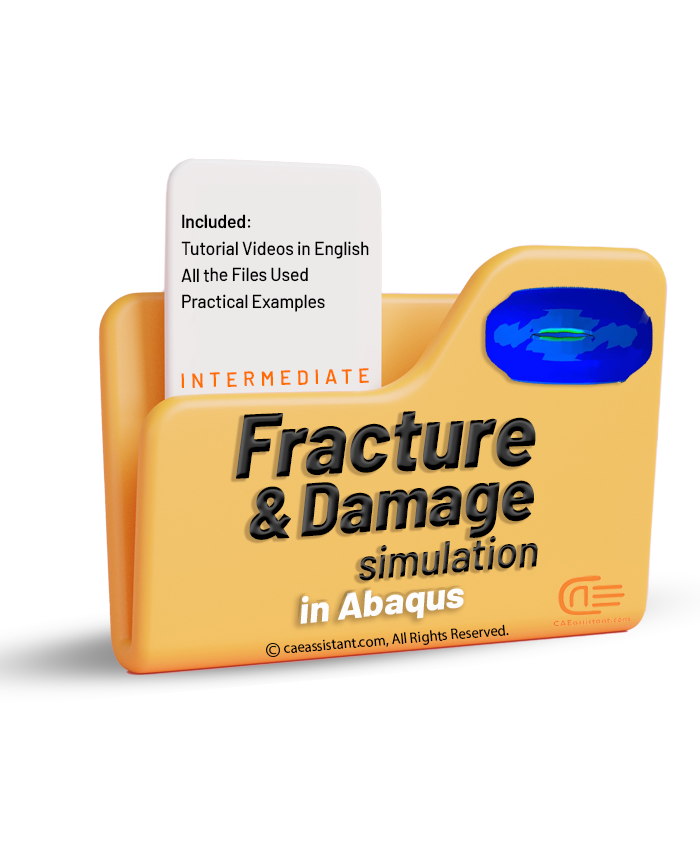
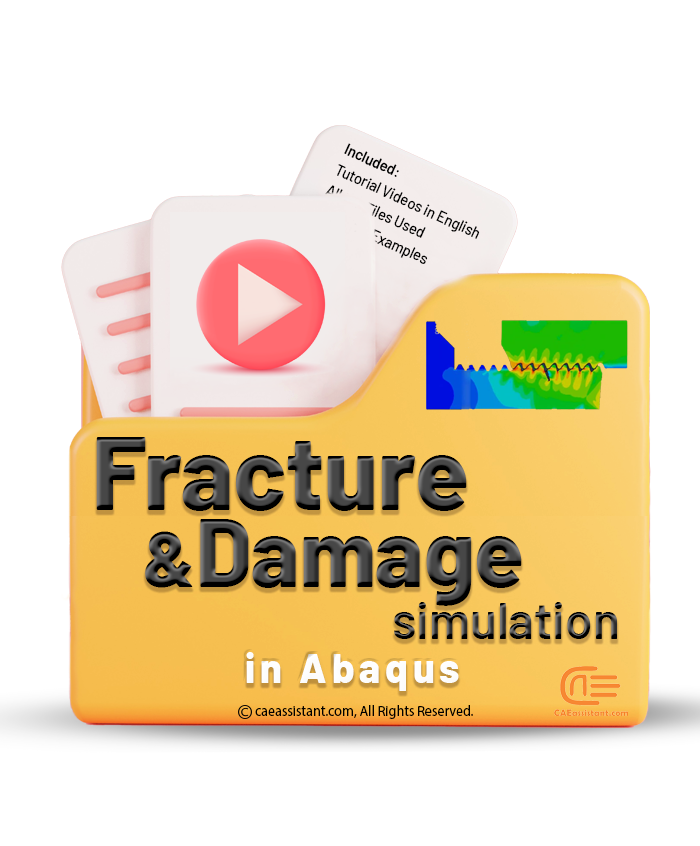
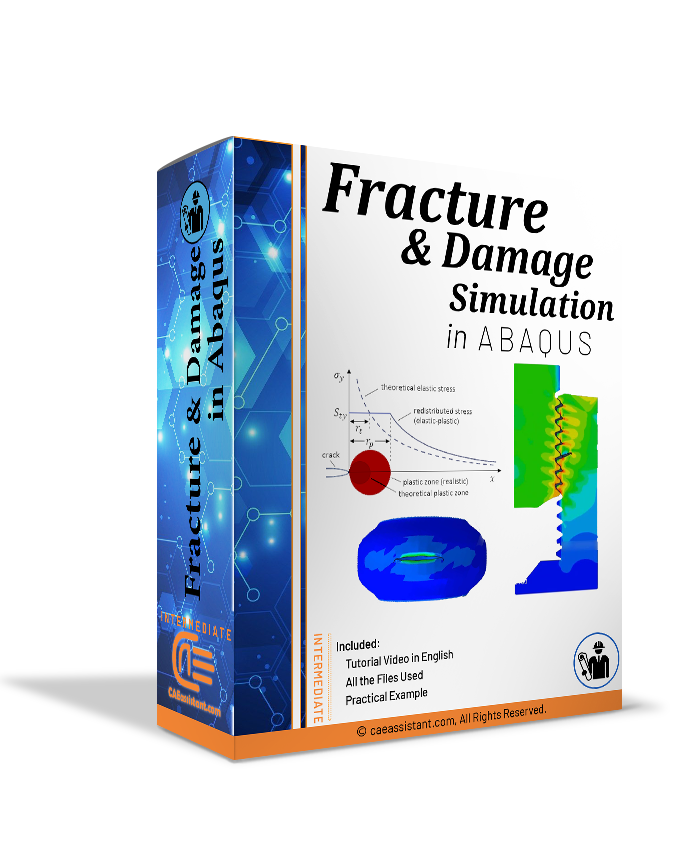







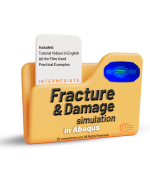
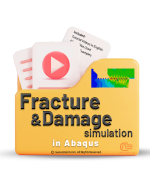

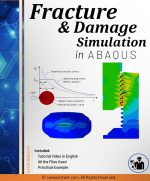







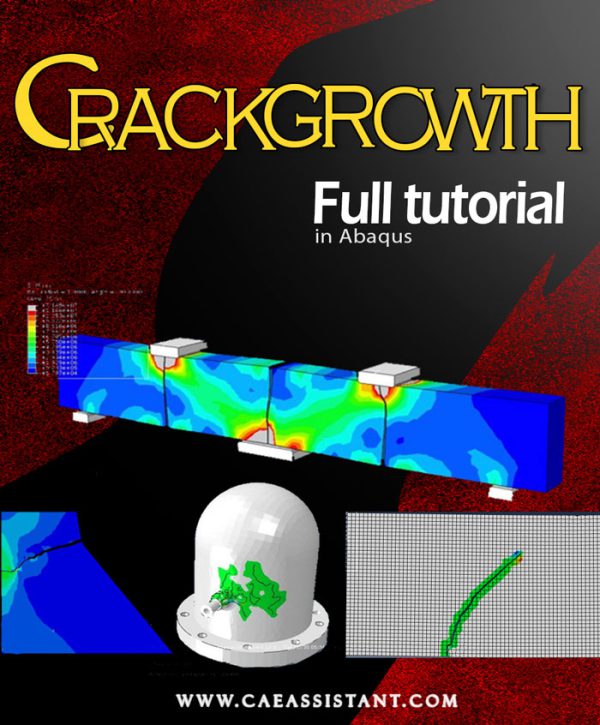

eliagruber16433004 –
Very informative. It will be useful in simulation professionally.
chiara bianchi –
It was better than I expected. Learned more with each section. I fully recommend it!
Experts Of CAE Assistant Group –
Thank you for your kindly review
Zinnia –
The ‘Fracture in ABAQUS’ training was excellent and provided practical and valuable information. This course has greatly assisted me in my projects.
Eulalia –
The ‘Fracture in ABAQUS’ package was highly effective and beneficial. The instructional content met my needs and enabled me to carry out more precise simulations. Now that I have finished the course, I am looking for tools or additional software to enhance my simulations. Do you have any recommendations for such tools?
Ophelia –
The ‘Fracture in ABAQUS’ course was incredibly informative and complete. The training significantly improved my ability to perform accurate fracture analyses. Moving forward, I am interested in advanced courses for further development in this field. Additionally, are there any resources for learning about specific applications like fracture analysis in biological materials?
Flavio Romano –
Great. That was good. I want to simulate a crack in the composite structure. How to do that?